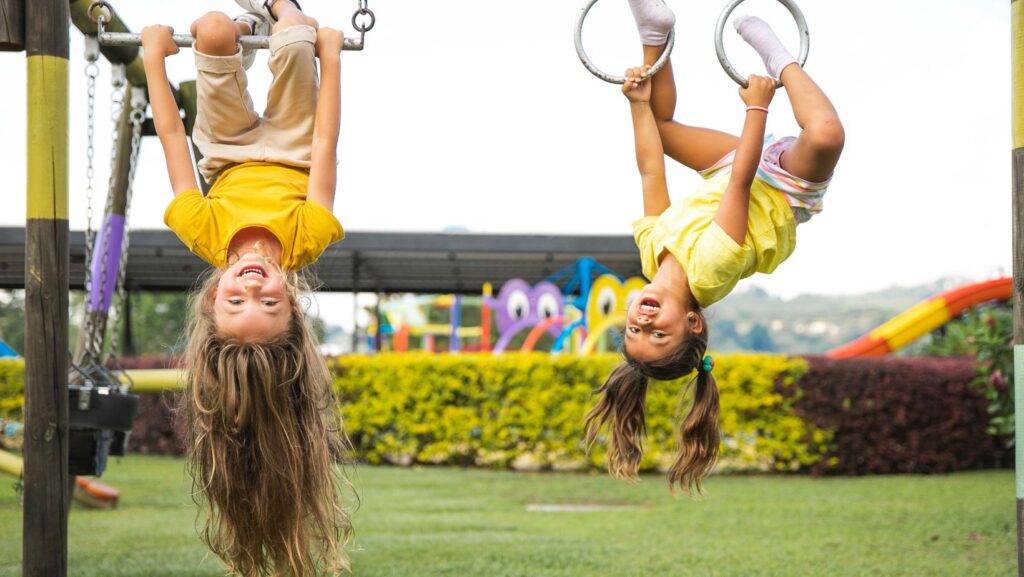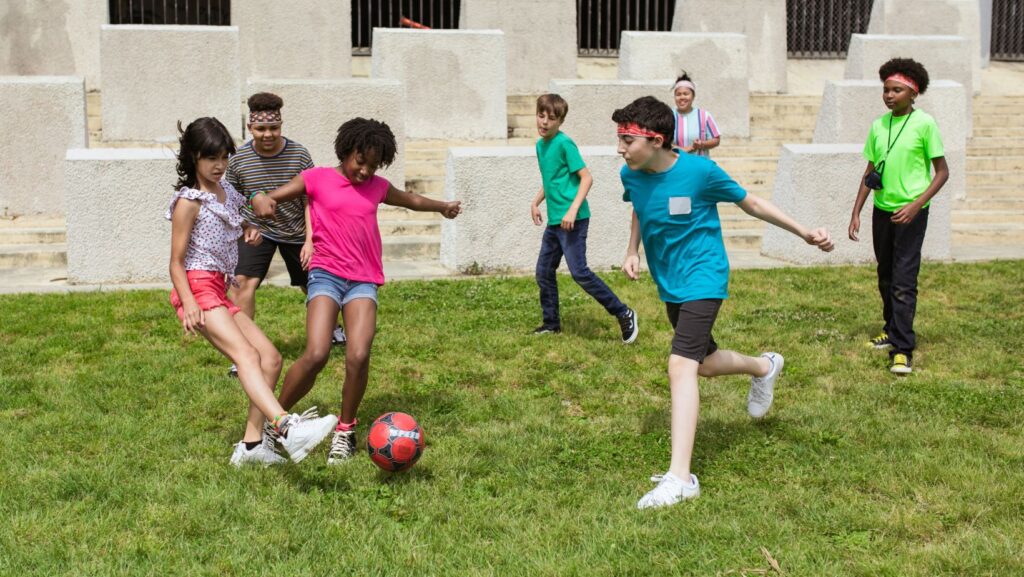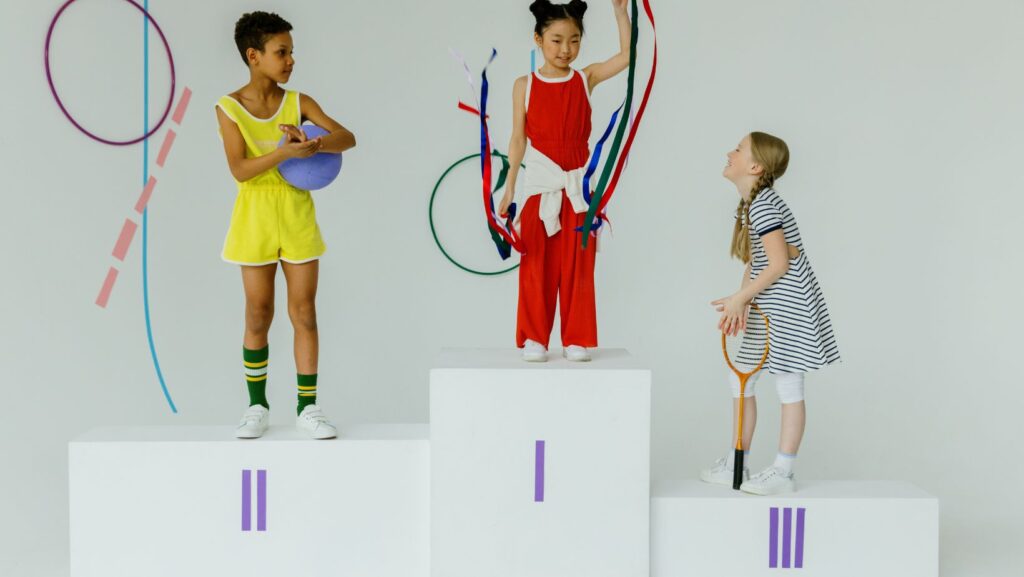Sports Equipment for Kids

As any parent knows, getting kids involved in sports is a fantastic way to burn off energy, build skills, and instill a love for physical activity. But navigating the world of kids’ sports equipment can be a challenge. From safety gear to the right kind of ball, stick, or racket, there’s a lot to consider.
This article will delve into the must-have sports equipment for kids, focusing on different age groups, sports, and safety standards. It’ll guide parents through the maze of options out there, ensuring their little athletes are well-equipped and ready for action.
So, whether your child is a budding soccer star or a skateboard enthusiast, this guide will help you make informed decisions about the best sports equipment for their needs.
Key Considerations in Choosing Sports Equipment for Kids
Success in kids’ sports hinges on the use of the right equipment. With numerous options in the market, it’s essential to maintain focus on three fundamental aspects: age appropriateness, safety features, and size and adjustability.
Age Appropriateness
Selecting appropriate sports equipment starts with considering your child’s age. Brands produce different types of gear designed to cater to certain age groups. For instance, younger kids, typically those aged 5 to 7, benefit more from lightweight equipment such as smaller soccer balls, junior-sized tennis rackets, and reduced weight baseball bats. Similarly, teenagers, say ages 13 to 17, may handle more sophisticated gear like standard-sized rackets, adult baseball gloves, and official-sized basketballs.
Safety Features
Safety takes precedence when it comes to sports equipment for kids. In sports like football, where physical contact is inevitable, protective gear such as helmets, shoulder pads, and shin guards are indispensable. For example, ASTM International sets standards for many sports safety equipment, including bicycle helmets and wrist guards, which parents can refer to ensure their child’s safety.
Size and Adjustability

Size and adjustability of sports equipment are vital to ensure peak performance and prevent injuries. The equipment’s size must correspond to your child’s physical dimensions, not their age. For instance, the length of a baseball bat should usually reach the child’s hip when standing upright, not necessarily match their age bracket. The equipment offers adjustability features, like racket handles or hockey stick lengths, as this enables fit modifications as the child grows.
Popular Types of Sports Equipment for Kids
Moving on from understanding the importance of size, safety features, and age appropriateness in choosing sports gear, let’s look at specific popular types of sports equipment for children. Various sports require specific gear, and each sport’s gear addition differs significantly. The following text provides information about commonly used gear for popular kid-friendly sports: ball sports, cycling, and swimming.
Ball Sports Gear
Kid-friendly ball sports such as soccer, basketball, and baseball dominate the sports scene amongst young ones. Quality sports equipment enhances these activities, offering optimal safety and performance. For soccer, a suitable ball size and cleats that provide excellent foot grip stand central. Basketball requires similarly proportional balls, along with high-grip shoes for swift court movements. Meanwhile, baseball denotes the necessity of a well-fitted glove, bat tailored to child’s height and strength, and a batting helmet that conforms to safety standards.
Cycling Equipment
Cycling, a favorite among children of various ages, necessitates specific gear for safe and enjoyable action. The cycling helmet, certified for safety, claims prime importance in cycling gear. Alongside, kids’ bicycles with variable height adjustments and stable training wheels offer the ideal setup for beginners. Advanced cyclists may benefit from multi-gear bikes that allow maneuverability for varied terrain. Protective gear such as knee and elbow pads supplement the safety measures, cushioning falls, and minor mishaps.
Swimming Accessories

Swimming, a refreshing and skill-enhancing sport, has its unique set of equipment needs. It all begins with a comfortable, well-fitted swimsuit that doesn’t hinder movements or buoyancy. Goggles ensure clear underwater vision and protect the eyes from chlorine effects. Meanwhile, swimming caps keep hair secure and resistant to water treatment chemicals. For beginners, floatation devices such as float belts or arm bands serve as important safety measures, providing buoyancy while learning to swim. Advanced swimmers may benefit from fins to enhance their technique and speed underwater.

